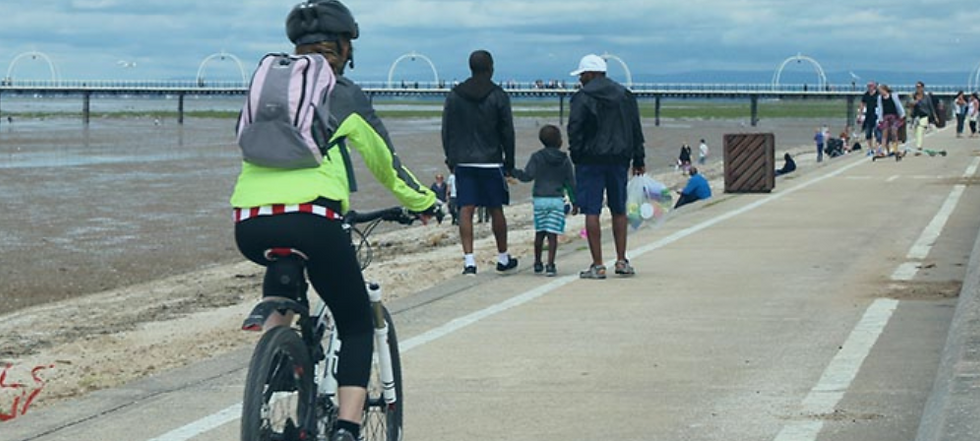Local Nature Recovery Strategy - Consultation
- Save Rimrose Valley
- Nov 10, 2023
- 3 min read

Another day, another consultation!
We know we ask a lot of our supporters by encouraging you to take part in these, but we only share the ones that are most relevant to our cause to Save Rimrose Valley.
This one's particularly important as it's about nature recovery across the Liverpool City Region, so it couldn't be more relevant.
It will only take a few minutes of your time and it closes on Wednesday 15th November, so please be quick!
You can read all about the Local Nature Recovery Strategy here.
The link to the consultation/survey is here.
As ever, you can choose to respond as an individual or as an organisation.
We've responded as Rimrose Valley Friends, but we imagine that the questions will be fairly similar as an individual.
We're providing our responses for guidance only, as it's really important that you use your own words.
It would be fantastic if you can respond to this important consultation, drawing attention to Rimrose Valley Country Park and any other green spaces you care about in our area.
Thank you.
Why is it relevant to you?
We are a park-based charity formed to promote, protect and enhance a major country park in Sefton, so the LNRS is highly relevant.
What nature activities does your organisation do?
Our biggest activity is running a campaign to protect the natural green space and the nature that calls it home from a major road development. Rimrose Valley is habitat to a huge variety of flora and fauna including protected species of bats, owls, water voles and much more.
Rimrose Valley is wild/semi-wild so Green Sefton does minimal maintenance across the park to retain it's natural feel, but we plan to do more work on habitat restoration and improvement.
We have also delivered a wildflower meadow project on a disused section of the park creating a habitat for bees and other pollinators.
What would you like to see out of the LNRS?
As per the consultation, we understand that the purpose of the LNRS is to support and improve nature and biodiversity, acting as a blueprint for protecting and enhancing nature. It will also map our most important habitats, opportunities for nature recovery and list the priorities for reversing the decline in plant and animal species.
As such, we wish for the LNRS to acknowledge the importance of green spaces in the LCR and Rimrose Valley in particular, irrespective of plans that exist to develop the land - whether they be locally or nationally driven.
We would like to see the LNRS carry weight in planning applications and, if the site has been identified as being important to nature and biodiversity, to prevent development from taking place.
Are you interested in any particular habitats?
Yes, Rimrose Valley and all natural environments in the heavily urbanised area of South Sefton.
Any particular species?
The species of flora and fauna to be found on Rimrose Valley. A copy of our ecological study is available on request.
Are there any interventions you would like to see?
Yes, a robust defence of Rimrose Valley Country Park and the nature and biodiversity it contains, including formal objections from the Liverpool City Region to any existing or future plans for development.
How would you like to be involved in developing LNRS?
We would welcome the opportunity to be involved at each subsequent stage and to be considered a stakeholder in this process.
Do you have any ideas as to how your organisation might be able to help deliver nature recovery in the future?
We can talk about the importance of protecting not only Rimrose Valley Country Park in South Sefton, but also share our experiences of campaigning to protect biodiverse spaces and connecting with nature-focussed NGOs. As an organisation we would love to be involved in nature recovery projects on Rimrose Valley and other areas in our borough, and beyond. A suitable project on Rimrose Valley could include cleaning and reinstating Rimrose Brook which connects the River Alt to the River Mersey, but has become stagnated in places, leading to low quality water flow and habitat.
Any other comments?
No, other than to reiterate that whatever is created at the end of this process should be a useful tool that carries weight and be able to block developments that damage the city region's nature and biodiversity.



Comments